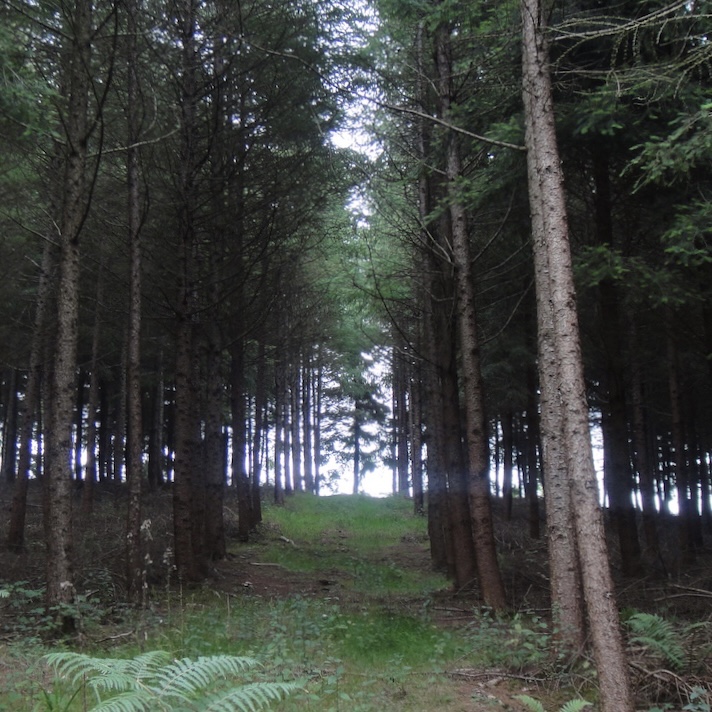Something that I teach about a lot is the stress system.
When you understand how your stress system works you are able to experience yourself for a very, very, different place and in a very, very different way.

The awful truth is that you can choose how you feel most of the time because a lot of what we suffer with is born of what we allow our minds to do.
And, whilst this is not a new picture in the human experience, in the off-world landscapes we immerse ourselves in, the ‘big guns’ have used against us a biological fact that our minds, our brains, are infinitely hackable. I will not go into the hows and whys of that here, if you’re interested, any of my workshops where I go into the stress system, and specifically the amygdala, will give you a view.
The problem we face is that what we have allowed our brains to become infinitely hacked. And in this we find it extremely hard to do something I am a huge fan of: to be still.
What does it mean to be still?
I do not, not necessarily, mean stillness as the absence of movement in the physical body, but more as the absence of any movement… leap, bounce… out of the present moment.
Few of us feel safe enough to be still. Most of us leap or bounce.
As well as being a trauma therapist, I teach yoga. In my classes, we play with the ability that we all have, in the face of this, to hold ourselves. To hold ourselves, to contain ourselves, to regulate ourselves. To stop ourselves bouncing out of being present by teaching ourselves that we can be safe enough to be still.
It is not about being happy.
Something that I feel many miss is that being still is not about being happy. Happiness is fleeting. The negative mind loves to take over the positive. Stillness sits in the neutral mind, the energetic aspect of ourselves that can accept, allow. This is always available. It’s actually never not there. It’s just that we don’t allow ourselves the ability to stay there. We leap. We bounce.
I can see how stillness may seem to go arm in arm with happiness, or with ‘savouring’ the moment. It is understandable how many equate the two, and they are often taught together in the realms of modern spirituality.
However, being still and savouring the moment are actually two distinct concepts.
Stillness in challenging times.
We can have extremely discombobulating, difficult, uncomfortable, things happening around us and experience a sense of stillness within ourselves as we move them. And we can do this without leaping into the positive. We do this by fostering the ability to stay present.
At least most of the time, when we change what the negative thoughts have done to our body by using tools like yoga or breathwork, the present moment is bearable. Stillness is bearable. That’s a good place to aim for, if you are someone moving though things like anxiety, addiction or other forms of suffering.
Stillness for happiness and health?
A study of note, in considering this, relates not to stillness explicitly but to mindfulness. It was published in 2017 in the Journal Mindfullness and is entitled: “Being present and enjoying it: Dispositional mindfulness and savouring the moment are distinct, interactive predictors of positive emotions and psychological health.”
Dispositional, in this context, is defined as of or relating to a natural tendency, whether of a person or a thing, toward a particular condition or action. In laymen’s terms, the researchers were exampling a habitual practice of mindfulness, how that may interplay with enjoying the moment and, from there, how both, in combination and individually, relate to overall happiness and health.
As with my framing of stillness, the concept of mindfulness involves nonjudgmental awareness (acceptance and allowing) of, and attention to, whatever is present in the moment. That acceptance is to be experienced whether the moment could be deemed pleasant, unpleasant, or neutral .
In contrast, “Savouring the moment”, whilst related to stillness and mindfulness in the shared need for presence, also requires us to have an awareness of a pleasant experience occurring “that could be savored.”
The researchers note:
“Savouring differs from mindfulness first in that it is narrower, restricted to only pleasant aspects of experiences. Moreover, savouring also differs from dispositional mindfulness in that it involves responding to positive experiences with thoughts and behaviours intended to increase and potentially prolong enjoyment – i.e., strategies that up-regulate positive emotions.”
This ‘up-regulation’ may be activated by fostering thoughts about gratitude or choosing to smile, things like that. This is, perhaps, a form of stillness, but it is not the only one.
States of stillness, the variety therein, is a fascination for me.
If you have comments or reflections on different states of stillness I would love to hear them.
Explore more.
If you would like to explore the concept of stillness, there are a huge number of places you could start.
You could come to class. In all of my classes I invite a noticing to come, in the pauses between postures, of how you feel in stillness. A good place to start, if you are new, is on Tuesday mornings via Zoom.
A Free Download
If you’re unable to do that, or would like to try something in your own time, I have a free download on Paths to Stillness sequence I have made here: FREE Paths to Stillness Sequence
If you would like to read something/s academically interesting around the topic, Stillness in a Mobile World, published a decade ago by Routledge, is an edited collection of essays on the “conceptual, political and philosophical importance of stillness” in the context of the world, increasingly, understanding itself through movement.
As with many Routledge titles, this academic collection isn’t cheap, but, if you curious to read, you can access the first 50 or so pages of it, via Google Scholar, here.









